Innovative approach by Skretting
Completely formulated live food diets render separate enrichment after culture redundant for fish hatchery operations. If designed properly, they can even be a tool for more ecologically friendly production of rotifers.
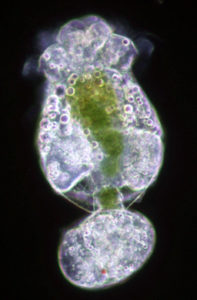
Skretting, a global leader in the production of fish and shrimp feeds, took on the challenge by studying the biological processes of digestion and fecal disposal in the natural environment. The company designed a diet composition that allows better digestion of rotifers by fish larvae and reconstitutes fecal material with low solubility and proper binding. Under specific nutritional and physical conditions, it became possible to induce fecal pellet formation with size characteristics that prevent direct uptake by filter feeders such as rotifers and quick sedimentation of undesired waste material to the bottoms of culture tanks.
This natural process avoids unnecessary pollution of the water column, reducing biological oxygen consumption by a physical separation of the culture/reproduction area and the waste area. The concentrated excrements can easily be extracted by regular flushing of the tanks.
The absence of floccules in the water, usually generated by bacterial blooms on half-decomposed fecal material, provides faster and damage-free harvesting of rotifers. Also, the lower fat content of the diet reduces the leakage of oil and prevents the formation of sticky clusters of rafting rotifers.
The reduced impacts on water quality of a cleaner diet and controlled fecal contamination improve the health and hygienic condition of the rotifers. Indirectly, the floccule-free water column prevents damaged and weakened rotifers at harvest, which can be a catalyst for infectious diseases or digestive problems in fish larvae.
Extra nutrients
Skretting recently commercialized the diet under the name ORI-ONE. Unlike booster diets, where the food rapidly passes through the digestive system and has little chance for assimilation, the product is completely digested in the last part of the digestive system. This results in better feed conversion by tissue enrichment.
Just as in nature, where zooplankton accumulate nutrients from suspended organic material in the form of phytoplankton and “marine snow,” the composition of the rotifer diet is supplemented with important nutrients and minerals such as taurine, zinc and selenium. These slow-enriching nutrients can now be successfully incorporated thanks to the long-term, integrated culture-enrichment approach together with proteins, highly unsaturated fatty acids and vitamins that are still accumulated as in a classic enrichment procedure.
Stronger offspring
In this combined culture-enrichment technique, the essential fatty acids, proteins and other nutrients are not only boosted in the digestive tract of the rotifers, but a substantial amount is stored in the tissue and reproductive organs, where it is passed on to the neonates through the egg. Analyses of these newly born rotifers showed essential fatty acid compositions identical to the mothers’, but they contained 2 to 3 percent more protein (Fig. 1).
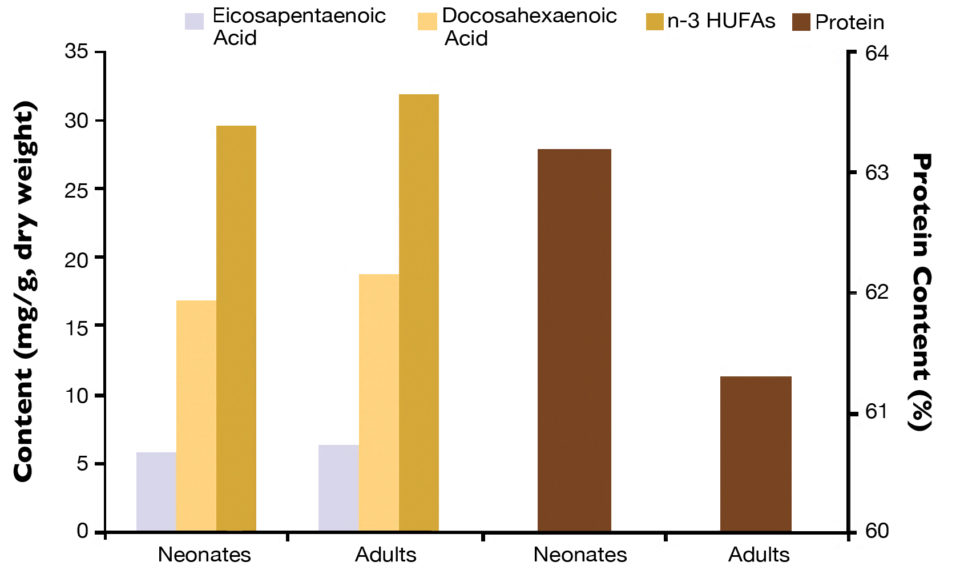
In the larval rearing of first-feeding fish larvae with small mouth sizes, this nutritional advantage could alleviate the work to culture super-small-sized rotifers. Overall, the flow into tissue leads to a significant stabilization and retention of nutrients, which enables a more standard larval-feeding practice. Considering rotifers can be in a larval-rearing tank for six to eight hours, it is desirable to increase stability and retention.
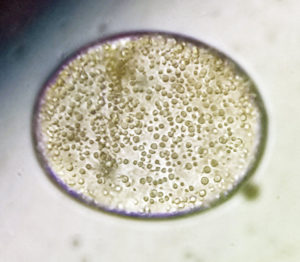
Simplicity
Besides the nutritional advantage, the main benefit of Skretting’s product is the direct availability of enriched live food at any moment. Rotifers are only harvested once with no enrichment step, reducing handling and related losses. This reduces labor requirements and results in a further degree of standardization and stability of the operational process.
The simple omission of the enrichment results in a saving of approximately one-third on the utilization of fat with no compromise in the enrichment value of the rotifers. This is an appreciable financial and ecological advantage, but more importantly, efficiency in production is increased with stronger and better-quality rotifers.
(Editor’s Note: This article was originally published in the November/December 2014 print edition of the Global Aquaculture Advocate.)
Author
-
Philippe Dhert
Skretting
Akkerhage 4, 9000
Gent, Belgium[109,111,99,46,103,110,105,116,116,101,114,107,115,64,116,114,101,104,100,46,101,112,112,105,108,105,104,112]
Related Posts
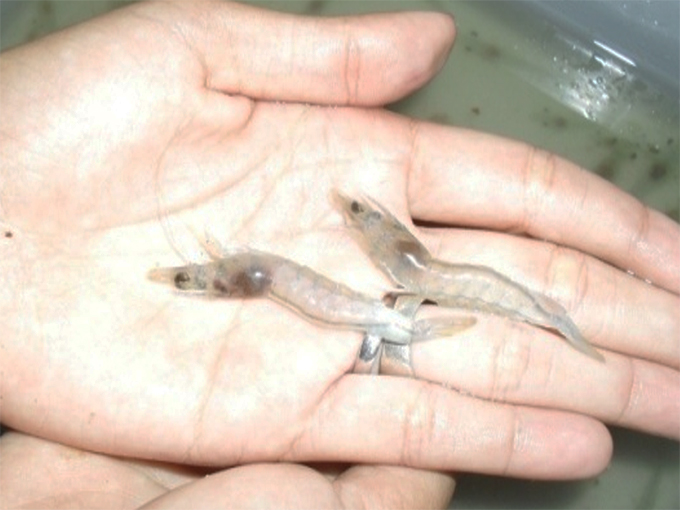
Aquafeeds
Rotifers and diatoms aid shrimp biofloc nurseries
Larval shrimp performance (feed conversion and final weight) in a biofloc nursery system improved with both added diatoms (Navicula sp.) and rotifers (Brachionus plicatilis).

Aquafeeds
A look at phospholipids in aquafeeds
Phospholipids are the major constituents of cell membranes and are vital to the normal function of every cell and organ. The inclusion of phospholipids in aquafeeds ensures increased growth, better survival and stress resistance, and prevention of skeletal deformities of larval and juvenile stages of fish and shellfish species.

Health & Welfare
A holistic management approach to EMS
Early Mortality Syndrome has devastated farmed shrimp in Asia and Latin America. With better understanding of the pathogen and the development and improvement of novel strategies, shrimp farmers are now able to better manage the disease.
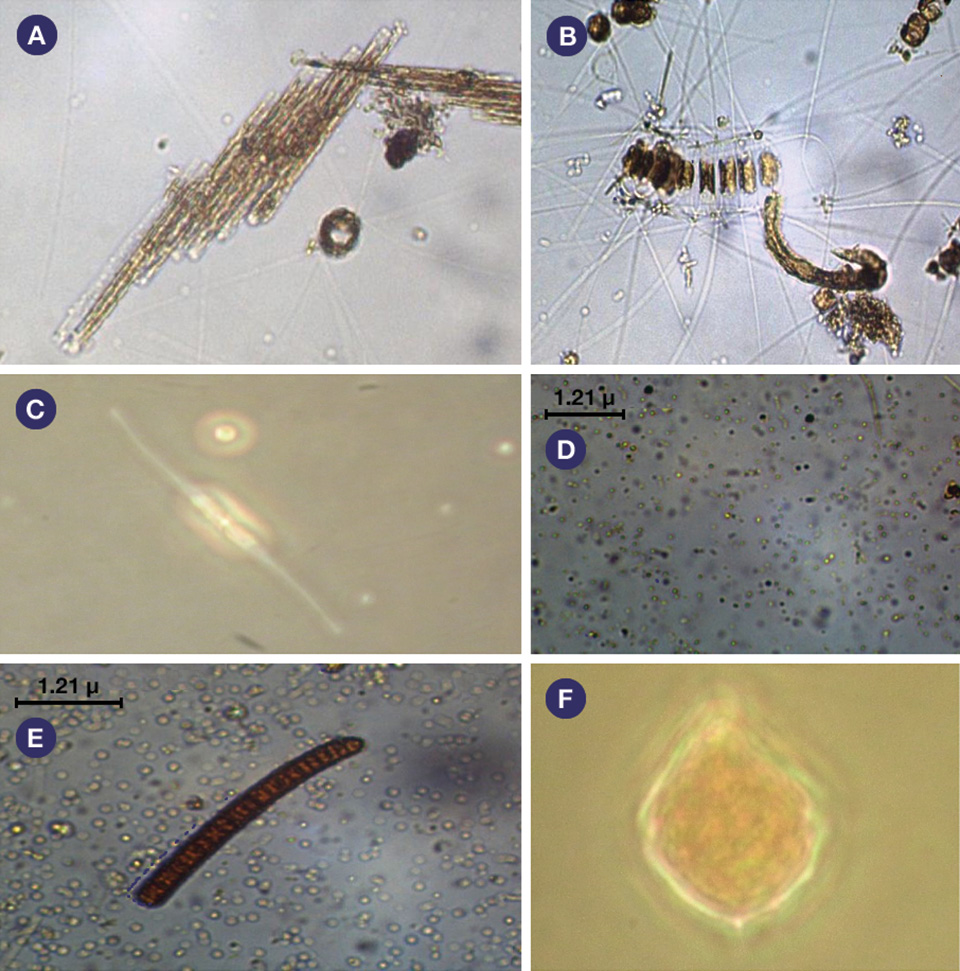
Health & Welfare
Plankton communities in shrimp monoculture, integrated biofloc system
The authors performed a study to assess the plankton community in an integrated biofloc system with Pacific white shrimp (Litopenaeus vannamei) and red algae (Gracilaria birdiae).


